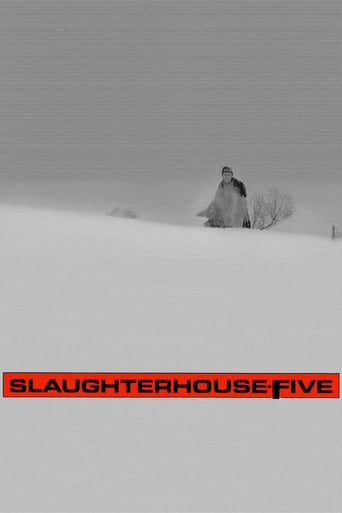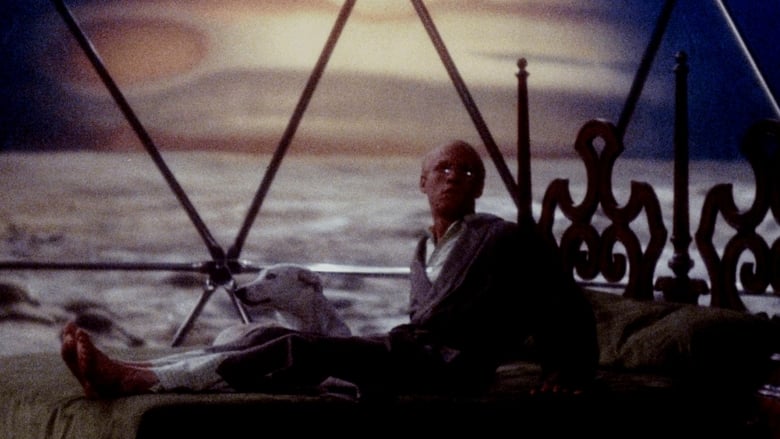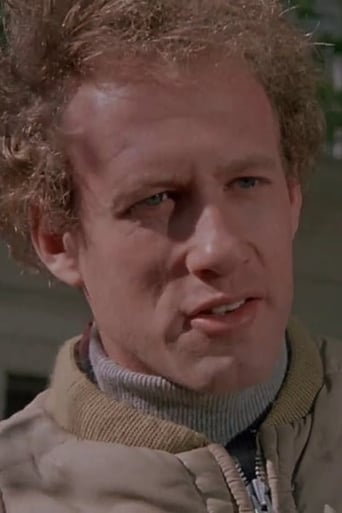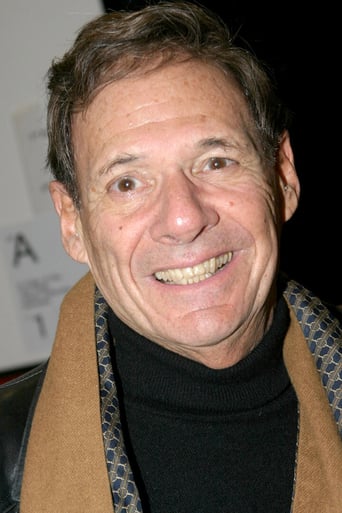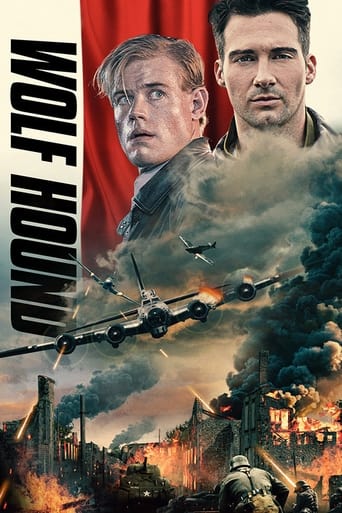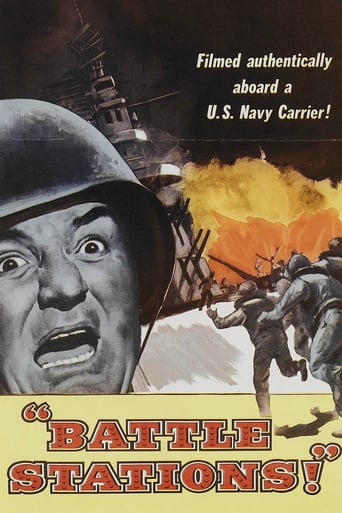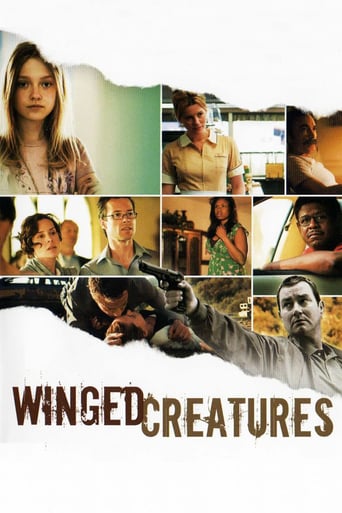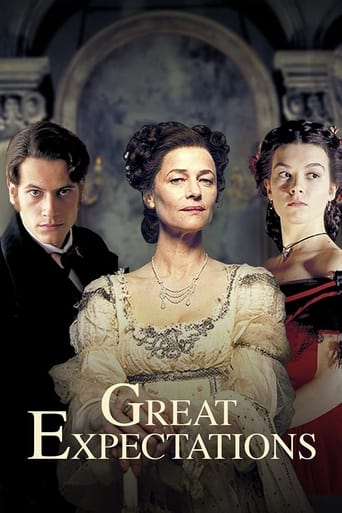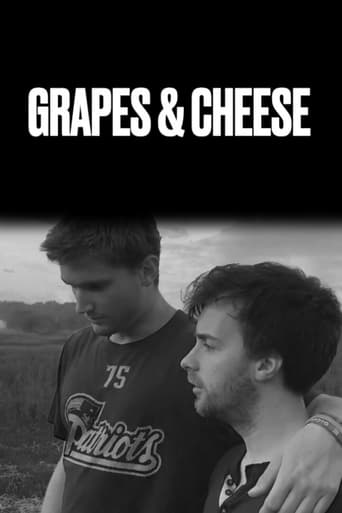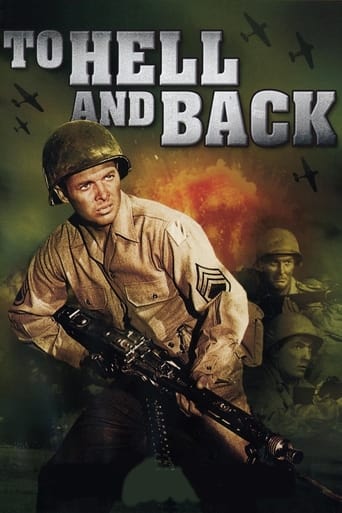Slaughterhouse-Five (1972)
Billy Pilgrim, a veteran of the Second World War, finds himself mysteriously detached from time, so that he is able to travel, without being able to help it, from the days of his childhood to those of his peculiar life on a distant planet called Tralfamadore, passing through his bitter experience as a prisoner of war in the German city of Dresden, over which looms the inevitable shadow of an unspeakable tragedy.
Watch Trailer
Cast


Similar titles
Reviews
Billy Pilgrim (Michael Sacks) is "unstuck in time" as the film goes back and forth in his life. He grows up as a weakling and he's in WWII as an assistant chaplain. He is captured and sent to Dresden to stay in Slaughterhouse-five. He is threatened by Paul Lazzaro who wants revenge for his GI friend. He is protected by Edgar Derby. After the war, he returns home and gets electroshock therapy. He gets married and has a family. He survives a plane crash but his wife doesn't survive a car crash. He is abducted by aliens to Tralfamadore along with porn actress Montana Wildhack where they start a family.It's an interesting idea for a movie. The time bending nature does not get too confusing. It's easy to follow. The bombing of Dresden need to be more thrilling. The major issue is the lackluster lead Michael Sacks. It may be deliberate to get a slack-jawed nobody to play the slack-jawed dullard. It doesn't make it compelling. A better, more charismatic actor could play a weakling if he's good. Sacks doesn't make him interesting. He's kind of annoying.
On December 22, 1944, during the sixth day of the Battle of the Bulge, Kurt Vonnegut, Jr., a 22-year-old battalion scout with the 423rd Regiment, 106th Infantry Division, was captured (along with 7,000 of his comrades) by advancing German panzer forces. As a P.O.W. he was subsequently sent to Dresden, "the Florence on the Elbe." Though the city, an ancient cultural center, had no military installations or air defenses, the Allied High Command decided to firebomb it, presumably as payback for the German bombing of Coventry earlier in the war. In three separate air raids on February 13-14, 1945 (ironically Shrove Tuesday and Ash Wednesday) hundreds of RAF and USAAF bombers dropped more than 700,000 phosphorous bombs on Dresden's 1.2 million defenseless civilians (its population nearly doubled by refugees fleeing Breslau just ahead of the Russians). The resulting firestorm, reaching temperatures nearing 3,000 degrees Fahrenheit, obliterated 1,600 acres in the center of the city and incinerated more than 135,000 people. One of only seven Allied POWs in Dresden to survive the bombing, Vonnegut was assigned to corpse recovery and burial detail. The overwhelming horror he experienced in Dresden would haunt him for the rest of his life, indelibly coloring his view of life and all his work as a fiction writer. Indeed, the trauma of Dresden was so great that Vonnegut could not write about it directly for more than twenty years. After returning to Dresden on a Guggenheim Fellowship in 1967, Vonnegut finally wrote 'Slaughterhouse-Five, Or The Children's Crusade: A Duty-Dance with Death' (Delacorte, 1969), a powerful, fatalistic anti-war novel that blends fact, fiction, and science fiction in inimitable Vonnegut fashion. Though a critically acclaimed National Book Award winner and a bestseller, 'Slaughterhouse-Five' also garnered considerable controversy, allegedly for its frank language and sexual references, but more probably because it contradicted the established mythology of WWII as "The Good War" by focusing on an irrefutable Allied war crime of truly monstrous proportions. Three years after the novel's publication director George Roy Hill ('Butch Cassidy and the Sundance Kid') brought out a film version scripted by novelist-screenwriter Stephen Geller ('Pretty Poison') that is remarkably faithful to the literary text. The movie stars Michael Sacks as Billy Pilgrim, a passive, mild-mannered optometrist of Illium (Ithaca, NY—Vonnegut attended Cornell) New York who somehow becomes "unstuck in time," i.e., he spontaneously finds himself bouncing between past, present, and future moments of his life. The signal event of his past is, of course, the Dresden firebombing. In some other moment Billy is abducted by a race of space aliens and taken to the planet Tralfamadore, where he is studied and then compelled to mate and have a child with Montana Wildhack (Valerie Perrine), another kidnapped earthling who just happens to be a voluptuous movie star. Absurd as it sounds, the abrupt jumping between these three scenarios—Dresden, postwar suburban America, and another planet—allows book and film to evocatively represent the Dresden atrocity, satirize the emptiness of post-war American consumer culture, and philosophize about war, human nature, and the meaning of life in general. A moderate hit at the box office—despite going head-to-head with 'The Godfather'—'Slaughterhouse-Five' won the Jury Prize at Cannes but received no Oscar nominations. Usually disappointed with film adaptations of his work, Kurt Vonnegut judged George Roy Hill's film an "artistic success." VHS (1998) and DVD (2004).
The story is weak and strange. At some moments the protagonist (Billy) resides in a WW2 situation, at some points in time he lives a life in the present time (1972) with a wife and kids. For no reason the protagonist just knows that his plane is gonna blow up. During the disaster he manages to survive (not explained how... and it's not believable). Then his wife becomes hysteric and kills herself by accident, which also isn't very believable. Then in the end for some reason Billy gets transported to an alien planet which seems utterly ridiculous. It doesn't have a purpose at all... Then he suddenly tells someone that he sometimes 'timetravels' to the future and sees his own death. Which we are then allowed to see. Why wouldn't he escape his death if he know it was coming that minute? All very strange and unbelievable. But in the end it felt like i watched 3 movies. A movie about a ww2 POW. A movie about a family man in 1972, and a movie about some guy kidnapped by aliens. In no way these different parts of the movie are connected and it all just seems very strange. Besides that the acting is very mediocre at it's best. If I were you, i'd decide to just watch something else. It's not a very enjoyable movie, but also not the worst one i've watched so i'll 'reward' it with a 3.
.Iconic author Kurt Vonnegut falls in a similar category as other well known authors who's novel gets adapted from movies and leaves critics wondering if they will keep up with what was written in their novels. Vonnegut's novels are provocative in the sense that which we utilize our cognitive state of mind as we challenge the madness behind mankind's ways of thinking. Surely not suited for audience members to go to theaters just to be entertained.Such experiments of trying to bring a qualitative novel to the big screen has been a victim of utter failure over the years (like "Slapstick" for example). But with the dedicated skill and bravery of competent director George Roy Hill, it is safe to say that "Slaughterhouse-Five" was given life to the screen without anyone feeling any sense of insult or humiliation and leaves its audience the freedom to draw their own conclusions of what was revealed here. Overall it was a pleasant compliment to Vonnegut's work and deserves all the praises it's been given to fans and critics. The characters in the movie were everything that I expected from the novel Theperformances were just as special in bringing the novel to life.Michael Sacks was really believable in his performance as Billy Pilgrimand Sharon Gans was convincing as his rotund and domineering wife,Valenica Pilgrim. Billy has become withdrawn with his time, shiftingback and forth of his life From the catastrophic events of World War IIto the generic struggles of married life, the film succeeds in shiftingthe radom events chronologically way up where we find Mr. Pilgrimlocated on the nearby planet of Tralfamadore along with a scantily cladMontana wildhack (Valerie Perrine). The accuracy speaks volumes towardsthe numerous supporting characters that was well complimented fromVonnegut's novel.Novice Vonnegut fanatics might be turned of by the unsettling narrative, but the detail that was taken into consideration might even flabbergast the average moviegoer after this equally poignant Vonnegut movie adaptation..

